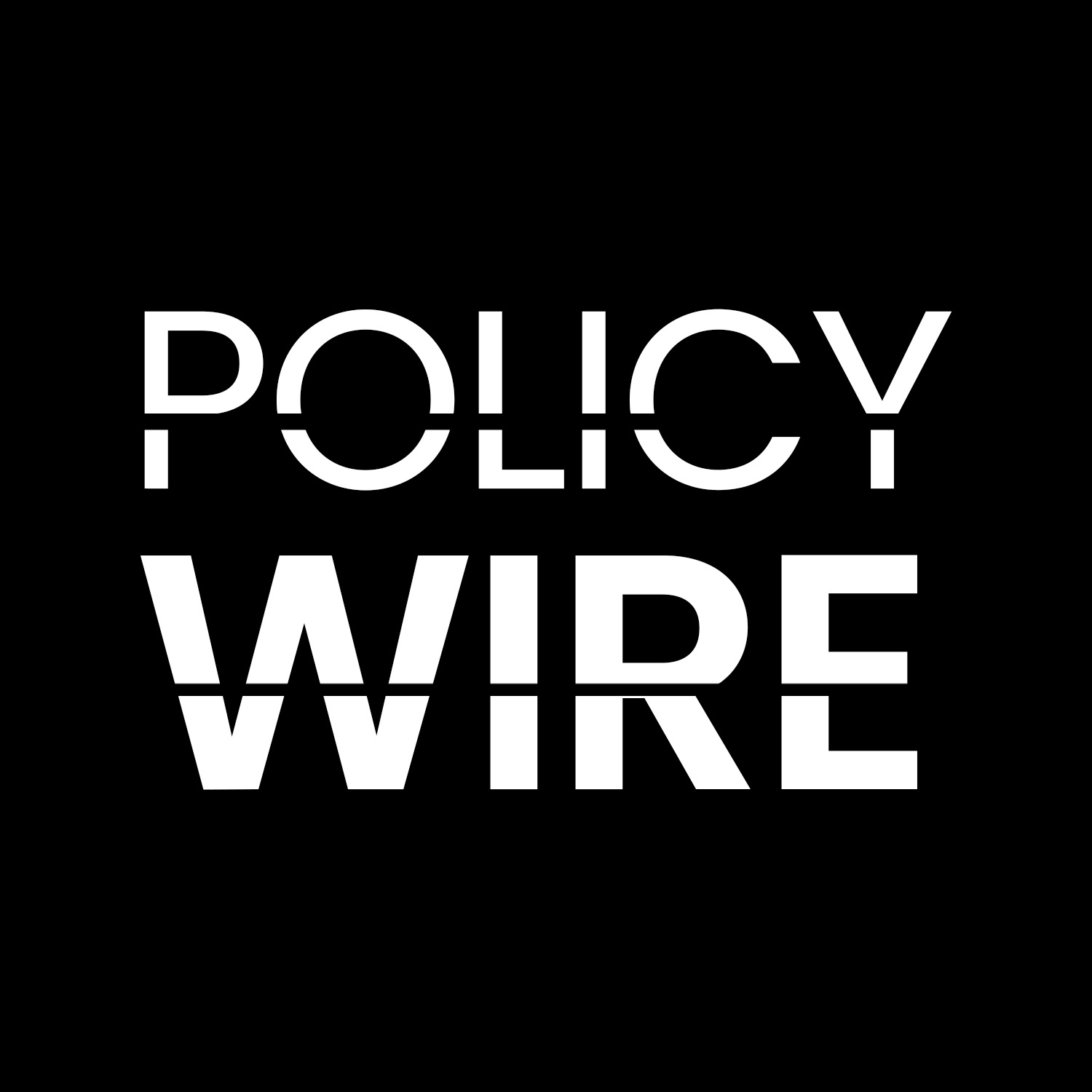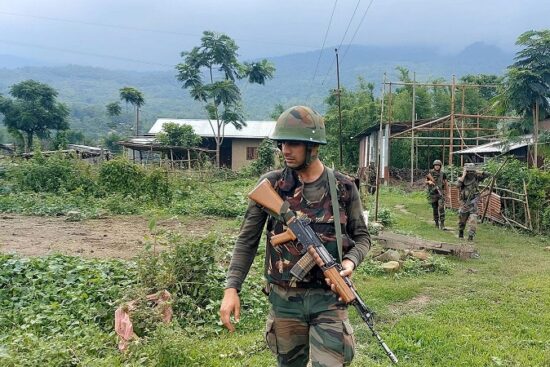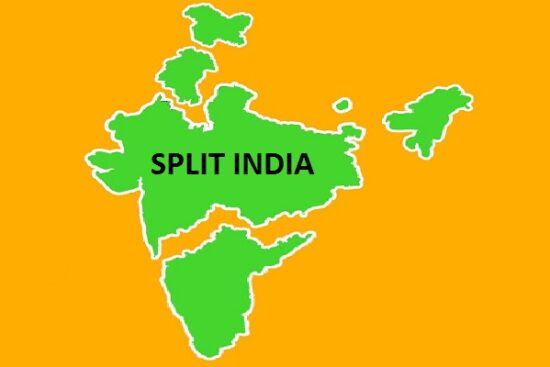
In the aftermath of a recent jirga organized by the banned Pashtun Tahafuz Movement (PTM), a wave of misinformation regarding resource distribution in Khyber Pakhtunkhwa (KP) has emerged. This gathering, marked by a conspicuous lack of attendance and support, reflected the waning influence of the PTM, which has been accused of promoting a narrative that contradicts the ground realities in the region. The claims made during this jirga, seen by many as absurd, resonate with a broader pattern of misinformation allegedly crafted with foreign interference.
Critique of PTM’s Narrative
Critics argue that the PTM’s rhetoric, which seems to echo the sentiments of external powers—particularly those with strategic interests in destabilizing Pakistan—is a calculated attempt to manipulate public perception. It is suggested that these narratives are not homegrown but rather imported, possibly linked to adversarial states aiming to sow discord within Pakistan. The suggestion of foreign influence raises significant questions about the authenticity of the PTM’s claims regarding resource distribution and their broader political agenda.
Ground Realities of Resource Distribution
One of the central tenets of PTM’s rhetoric is its portrayal of resource distribution in Khyber Pakhtunkhwa as inequitable and unjust. However, a deeper examination reveals a contrasting reality. The sacrifices made by the people of KP and the armed forces in the war against terrorism must not be overlooked. Over 91,000 individuals have lost their lives or suffered injuries in this struggle, highlighting the region’s resilience and the military’s role as a stabilizing force. The area has seen significant progress, with 46,978 square kilometers cleared of terrorist presence, showcasing the sacrifices made in the pursuit of peace.
The Role of the Pakistan Army
The Pakistan Army has facilitated the return of 99% of internally displaced persons (IDPs) to their homes, a testament to their commitment to restoring normalcy in the region. This success story starkly contrasts with the PTM’s negative portrayal of the army’s operations, which is often criticized for lacking recognition of the military’s positive contributions to community rebuilding.
Infrastructure Development in KP
The narrative promoted by the PTM fails to account for the extensive infrastructure development taking place in KP. As of March 2022, over 127,639 houses have been reconstructed, enabling displaced families to resettle and reclaim their lives. The ongoing infrastructure projects, which include 2,414 initiatives worth 112.26 billion rupees, underscore the provincial government’s commitment to development. These efforts span a broad range of sectors, including education, health, and policing, demonstrating a comprehensive approach to rebuilding the region.
Investments in Health and Education
In the health sector alone, 1,570 projects worth 30.49 billion rupees are currently underway, with 25 hospitals and numerous dispensaries being established. The education sector has not been neglected either, with 2,900 projects valued at 52.74 billion rupees, which include schools, colleges, and technical institutes. Such investments contradict the PTM’s claims of neglect and mismanagement and highlight the commitment to fostering sustainable development in KP.
Financial Support and Development Projects
The National Finance Commission (NFC) awards have significantly bolstered the economic framework of Khyber Pakhtunkhwa, particularly after the 2017 census. The allocation of 754.4 billion rupees for KP and 272.6 billion rupees for newly merged districts reflects a robust commitment to resource distribution. For the fiscal year 2024-2025, an allocation of 42.32 billion rupees has been set aside for development projects in these areas, further reinforcing the government’s commitment to equitable growth.
Major Infrastructure Initiatives
Major infrastructure projects, such as the motorway from Burhan M-1 to Dera Ismail Khan and the ongoing construction of key roads, highlight the provincial government’s proactive approach to economic development. These initiatives not only enhance connectivity but also promote economic opportunities for the residents of KP, directly challenging the PTM’s narrative of neglect.
Public Response and Growing Awareness
The failure of the PTM’s jirga underscores the growing awareness among the people of Khyber Pakhtunkhwa regarding the real state of affairs in their region. The minimal attendance at the event reflects a disconnect between the PTM’s agenda and the community’s actual needs and aspirations. While the PTM attempts to rally public support through negative propaganda, the populace has begun to recognize the organization’s alignment with foreign interests and its underlying anti-national sentiments.
Conclusion
In conclusion, the ongoing narrative propagated by the PTM regarding resource distribution in Khyber Pakhtunkhwa is not only misleading but also detrimental to the region’s progress. As credible data and statistics reveal, the people of KP have made substantial sacrifices, and the government, alongside the military, has invested significantly in rebuilding and developing the area. The PTM’s attempts to undermine these efforts, fueled by foreign agendas, cannot distract from the commitment of the people and institutions dedicated to fostering a stable and prosperous future for Khyber Pakhtunkhwa. It is essential for the people of KP to unite and reject divisive narratives, focusing instead on collaboration and shared progress Read more…



















Leave a Reply